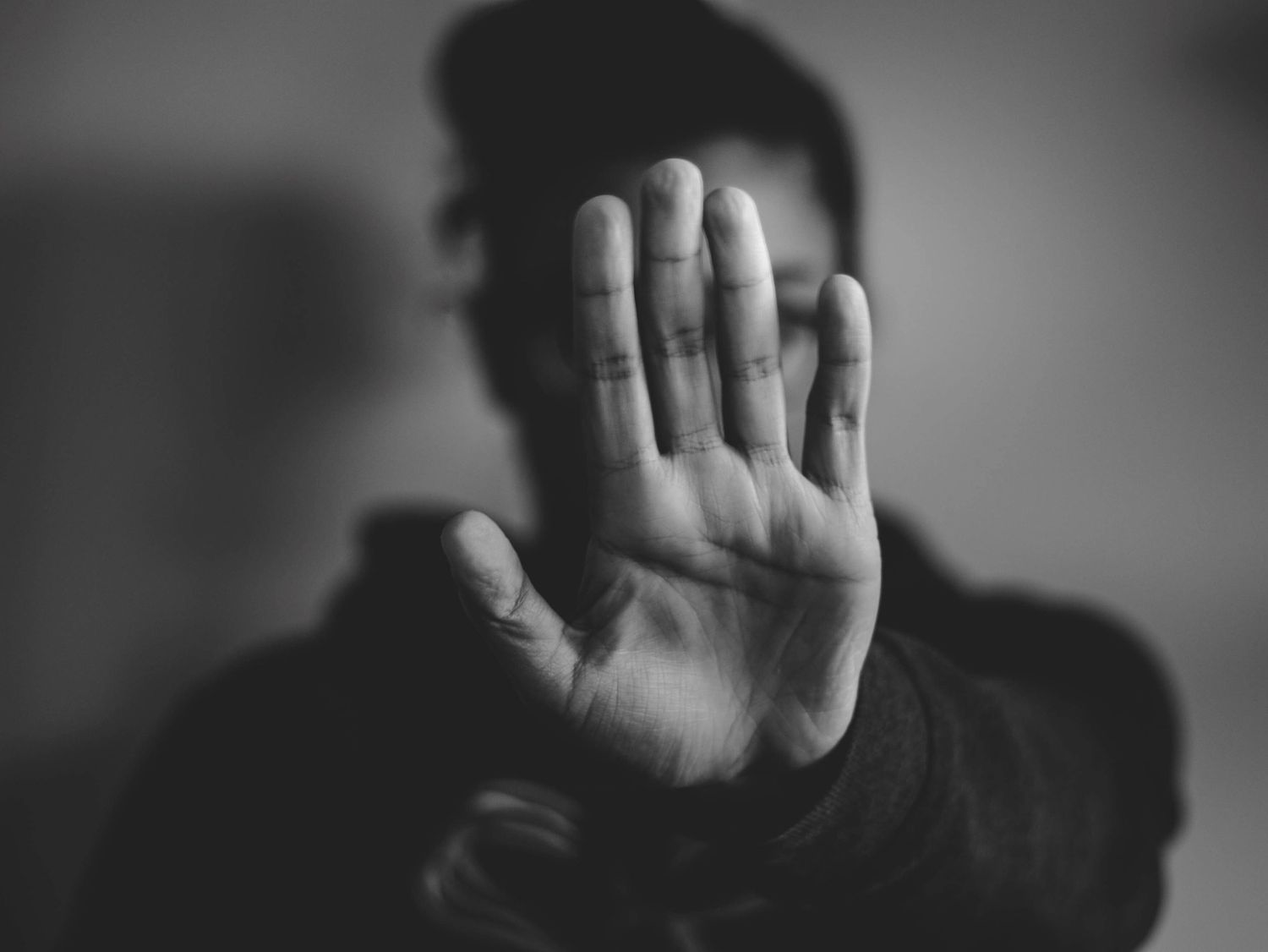Despite the risk of overdose associated with its use and its potential to be habit-forming, GHB is a popular recreational substance due to its intoxicating euphoric and aphrodisiac effects.
From sweating and nausea to hallucinations or even amnesia, the less enjoyable effects of GHB are often an unknown variant as the drug is frequently adulterated with contaminants.
If consumed in excessive amounts or mixed with other depressants, such as alcohol, GHB use can lead to overdose.
Heavier doses of GHB elicit a sedative effect; sometimes to the point of unconsciousness. Often added to an unsuspecting victim’s drink prior to sexual assault, it has become known as a date rape drug.
A victim becomes incapacitated, unable to resist their attacker and may also experience blackout memory loss as a consequence.
It is also a popular drug of choice for Chemsex along with Crystal Meth and Cocaine.

At a party, it’s not difficult to spot someone who’s using GHB. From uncoordinated movements and incoherence to lowered inhibitions and overexcitement, the behavioural signs of GHB use can be obvious very quickly. Physically, an individual may sweat excessively, have poor muscular control and experience a reduced heart rate. Vomiting and nausea may also develop following consumption.
Repeated use of the drug can lead to dependence, as the body’s system adjusts to the presence of GHB and becomes reliant upon it to function normally. Prolonged use poses serious health threats. The risk of cardiac arrhythmia is high amongst GHB users. Psychological dependence will almost certainly affect the user’s mental health.
Spotting the early warning signs of abuse may help to prevent addiction in the future. While abuse certainly involves indiscriminate behaviour, addiction is the development of a physical or psychological dependence that prohibits sudden discontinuation of use.
